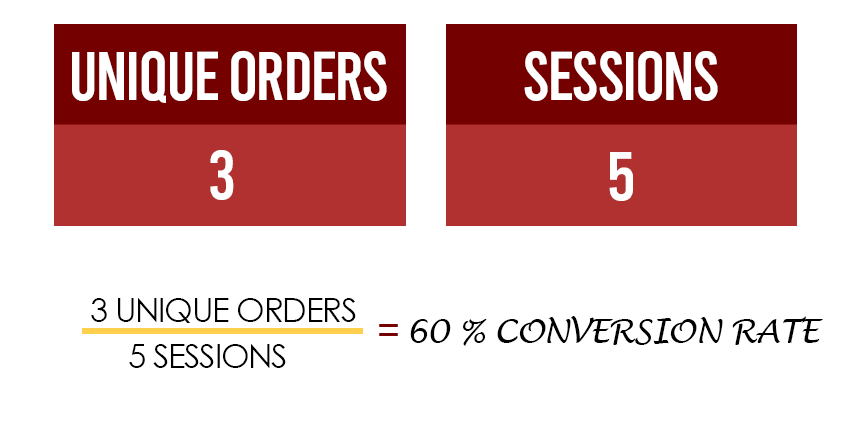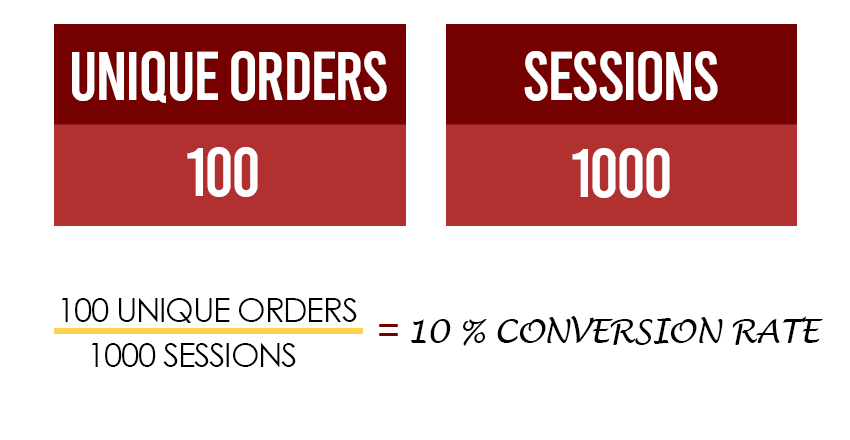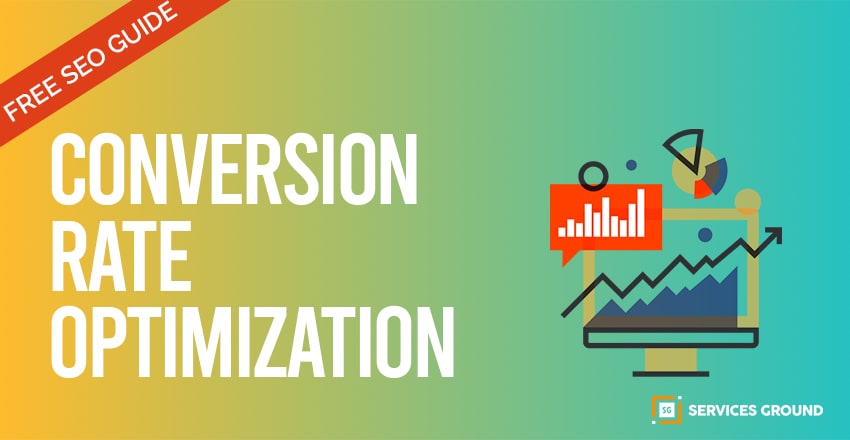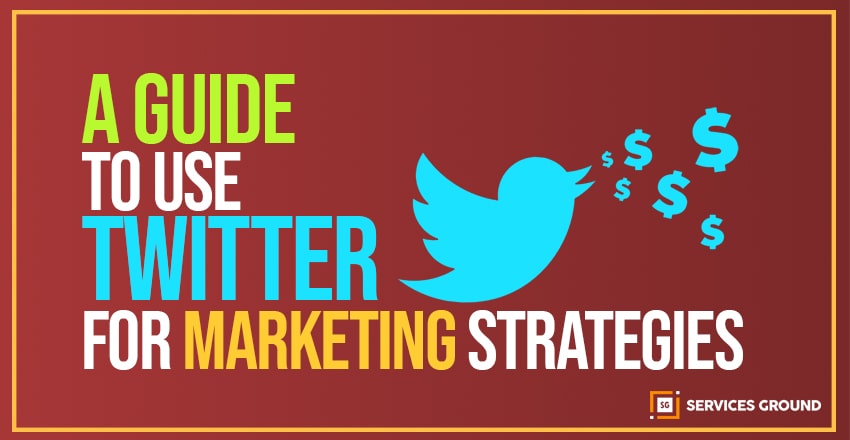Introduction to conversion Rate Optimization
Improving the conversion rate (CRO) is a systematic process of increasing the percentage of visitors who take the desired action. Become a customer, either by filling out a form, or otherwise.
The CRO process involves understanding how users move to your site, what steps they take, and what prevents them from meeting your goals.
Introduction to conversion
In advertising, a conversion is a step taken by a visitor to the website, which is known to be beneficial for the owner of the website and is promoted by a call-to – action (CTA) post.
Introduction to conversion rate
The conversion rate is the percentage of users taking the desired action. An archetypal example of the conversion rate is the percentage of website users who buy something on the site. If a user can convert every visit (such as by buying a product ) divide the number of conversions by the number of sessions. If you sell subscriptions, (divide the number of conversions by the number of users.)
Conversions Example
- Micro conversions
- Macro conversions
Example Micro:
- Creating an account
- Signing up for email lists
- Adding a product to the cart
Example Macro:
- Subscribing to a service
- Requesting a quote
- Purchasing a product from the site
How to Calculate Conversion Rate
A user can make a new purchase at each session. We want to customize them to make as many transactions as possible. If a user visited the site five times, it would be five sessions — and five conversion opportunities.
Conversion Rate calculating Formula
- A Conversion rate = (Total number of conversions / Total number of sessions) x 100
- Conversion rate = (Total number of conversions / Total number of unique visitors) x 100
- Conversion rate = (Total number of conversions / Total number of leads) x 100
Let’s get closer to the five sessions of our consumer and how they behaved:
If we were to measure our conversion rate, we would take the number of specific purchase orders and divide it by the total number of sessions.

For our fictional consumer, they converted three out of five times they came to the site:
You will see all the unique orders and divide the total number of sessions.

Why Conversion Testing Is Important?
Because the majority of experts say that it’s not an easy task to boost conversion. It is a fairly complex challenge for most companies, particularly when they do not measure the impact of changes that they make or don’t use testing properly. Recent trends show that it is becoming more difficult for companies to increase their conversion rates.
Testing allows online stores to measure improvements that make specific changes to website and landing pages.
Conversion Testing Tool
You may use Google Analytics to track conversions by setting targets or using complex conversion entries.
I have already given you an example: Further
Let’s say you’ve got an online store with 30,000 visitors a month and just a 5 percent conversion. Your monthly income is $100,000.
If you want to raise your monthly sales to $150,000, you have two options: boost your traffic by 50% and keep your conversion rate at 5% or raise your conversion rate to 7.5%.
Which do you think is easier
Growing traffic would require more money to be spent on advertising and potentially a lot of time to be lost … But, growing the conversion rate is more cost-effective and quicker. When you decide to maximize conversions, you can use two methods: A / B testing and multivariate testing.
During A / B research, you break your traffic by half and show 50 percent of your visitors your original homepage and 50 percent the latest variation. At the end of the exam, you’ll see which one is doing better. A / B testing is ideally suited to online stores that don’t get a lot of traffic, or where a quick conclusion is required.
Alternatively, you can play with more combinations at once, but to get a decent result, you’ll need more time and a lot of traffic.
If you loved what you read, make sure to subscribe to our Newsletter and Follow us on Facebook, Instagram, and YouTube.








